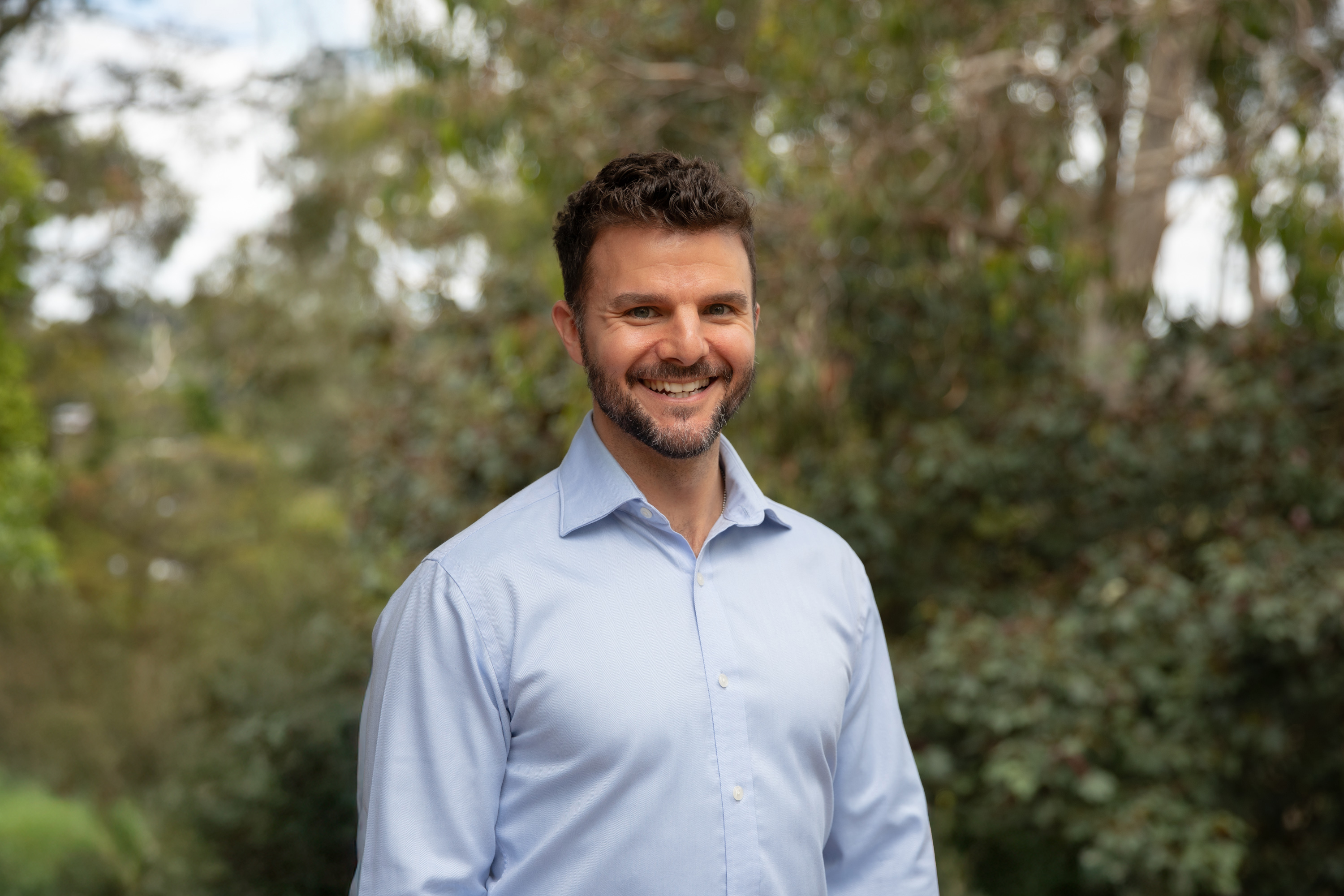This blog navigates…
Why Does Anxiety Feel So Overwhelming?
Anxiety is your brain’s built-in alarm system – but sometimes, it gets stuck in overdrive. Understanding why this happens is the first step in taking back control.
Ever feel like your brain just won’t switch off? Like your thoughts are running in circles, your heart’s racing, and no matter how much you tell yourself to “calm down,” it doesn’t work?
That’s anxiety. And it’s not just “in your head.”
The Science Behind Anxiety: Your Brain’s Fight-or-Flight Response
Anxiety isn’t just about worrying too much. It’s a biological response designed to keep you safe.



This response is helpful if you’re running from a tiger. But when it’s triggered by work stress, social situations, or overthinking, it can make life exhausting.
Why Does Anxiety Get Stuck?
Sometimes, the brain misinterprets normal situations as threats. Instead of turning off after the danger passes, it stays on high alert.





If anxiety has become a daily struggle, it’s not a personal weakness – it’s your brain doing its job too well.
How to Calm an Anxious Brain
If your mind is constantly racing, worrying, or overanalyzing, here are some ways to start breaking the cycle:
















When to Seek Support
If anxiety is interfering with daily life, sleep, or relationships, professional support can help. Counselling provides:



You don’t have to keep struggling alone. Anxiety is treatable, and there are ways to feel calmer, clearer, and more in control.
Looking for Someone to talk to?
At Solid Foundations Counselling, I help people break free from anxiety and reclaim their peace of mind. If you’re ready to take the first step, book a free 15-min conversation here.

